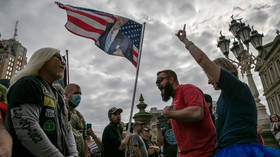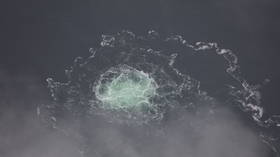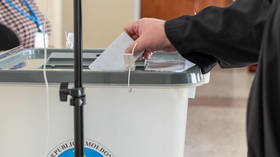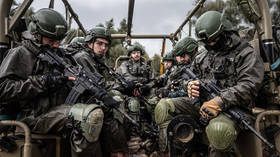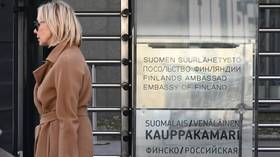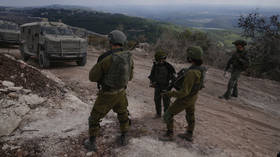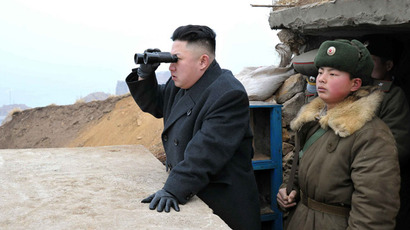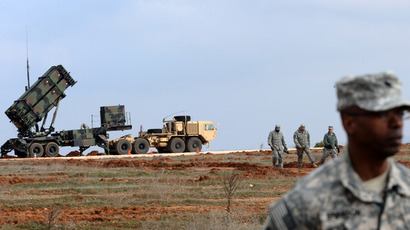S. Korea, US sign contingency plan to rebuff N. Korea attacks

South Korea and the US have inked a joint contingency plan in the event of an attack from the North. The new plan comes as regional tensions remain high after Pyongyang’s third nuclear test and outlines joint efforts in case of further "provocative" acts.
Under a new agreement that the two allies called ‘South
Korean-led, US-supported’, South Korea will have an option to call
on American military assistance in dealing with what South Korean
military officials called ‘local’ provocations.
Under ‘provocation’ the new pact means maritime border
incursions, shelling of border islands, and infiltration by
low-flying fighter jets or Special Forces, AFP reports.
The plan signed by Gen. James D. Thurman, the top American
commander in South Korea, and Gen. Jung Seung-jo, chairman of the
Joint Chiefs of Staff of the South Korean military, comes
concurrently with a longstanding defense treaty between the two
countries.
While under the Mutual Defense Treaty signed in 1953 the US was
obliged to engage in the event of a full-scale conflict, with the
new treaty the US may come to the aid in the response to low-level
action such as a limited cross-border incursion.
“By completing this plan, we improved our combined readiness
posture to allow us to immediately and decisively respond to any
North Korean provocation,” the two allies said in a joint
statement after the treaty was signed Friday.
Both Seoul and Washington have been reluctant to give further
details on, for example, how far the US would go in its supporting
role or when troops are to be sent to directly join South Korea’s
contractions against a North Korean ‘provocation’.
Currently there are 28,500 US troops stationed in South
Korea.
"It will have the effect of preventing the North from daring
to provoke us," South Korean Defense Ministry spokesman Kim
Min-seok said Monday.
The two allies said they had been working to improve their
contingency plans since 2010 when North Korean artillery attack on
island killed four South Koreans. The same year a South Korean
warship also sank, killing 46 sailors. Seoul pointed the finger at
the North, saying the cause was a North Korean torpedo, but
Pyongyang denied the accusations.
Washington-Seoul’s defense plan comes amid escalated tensions on
the Peninsula as North Korea has threatened to attack the allies
over their military drills and recent UN sanctions that followed
Pyongyang's latest nuclear test in February.


